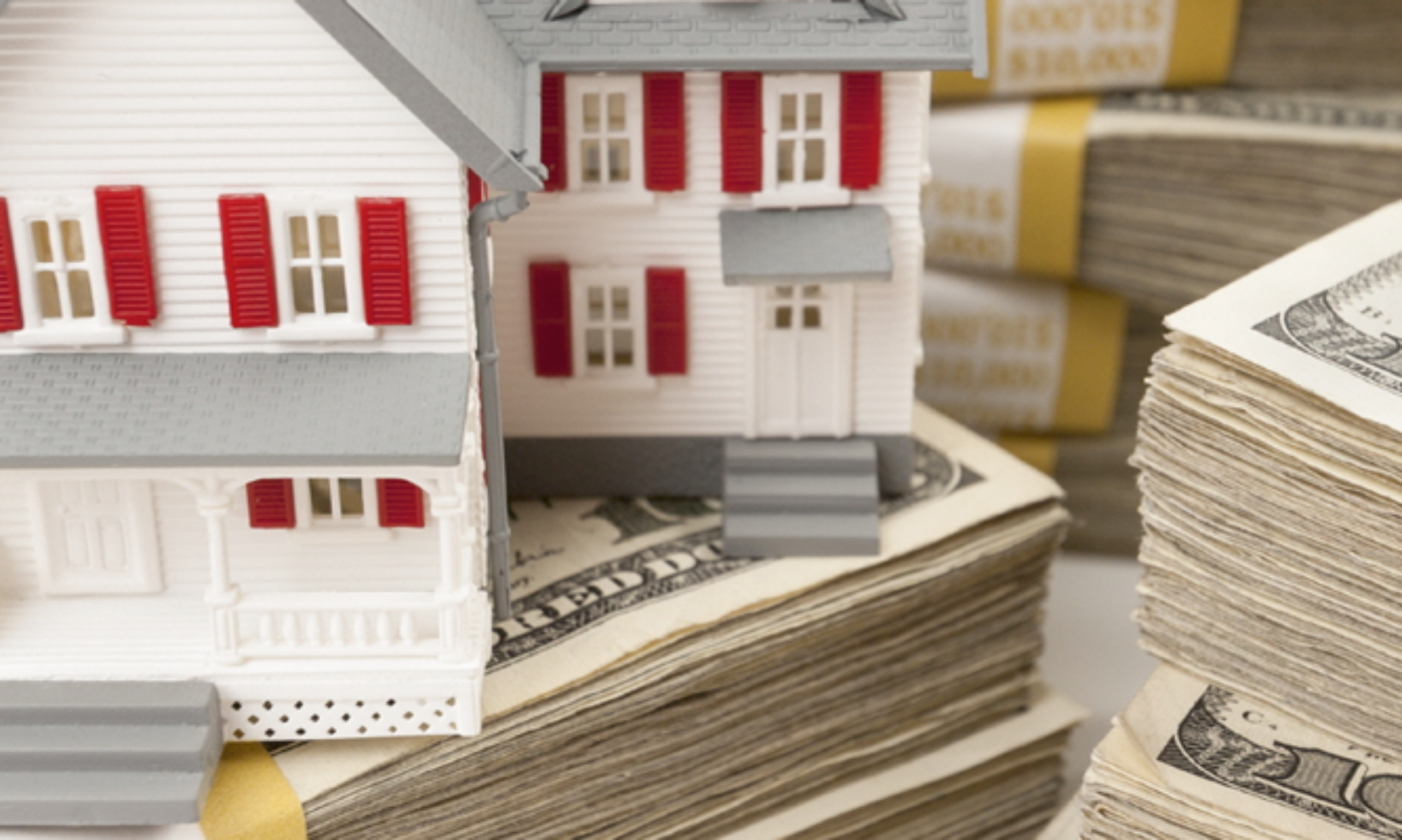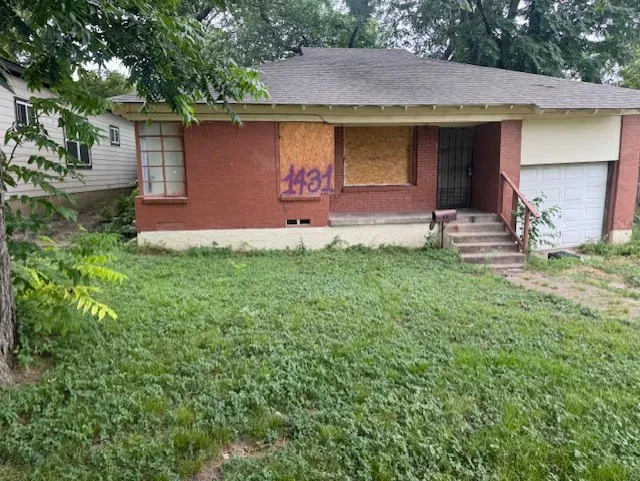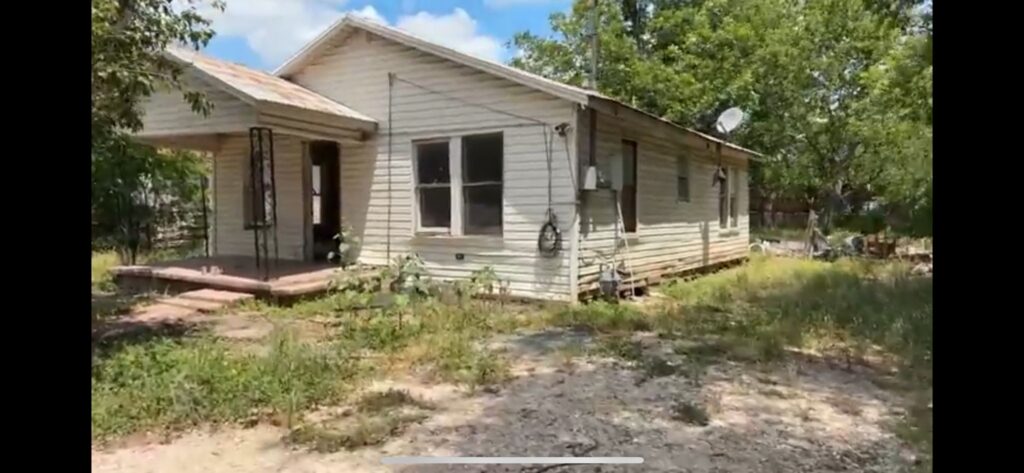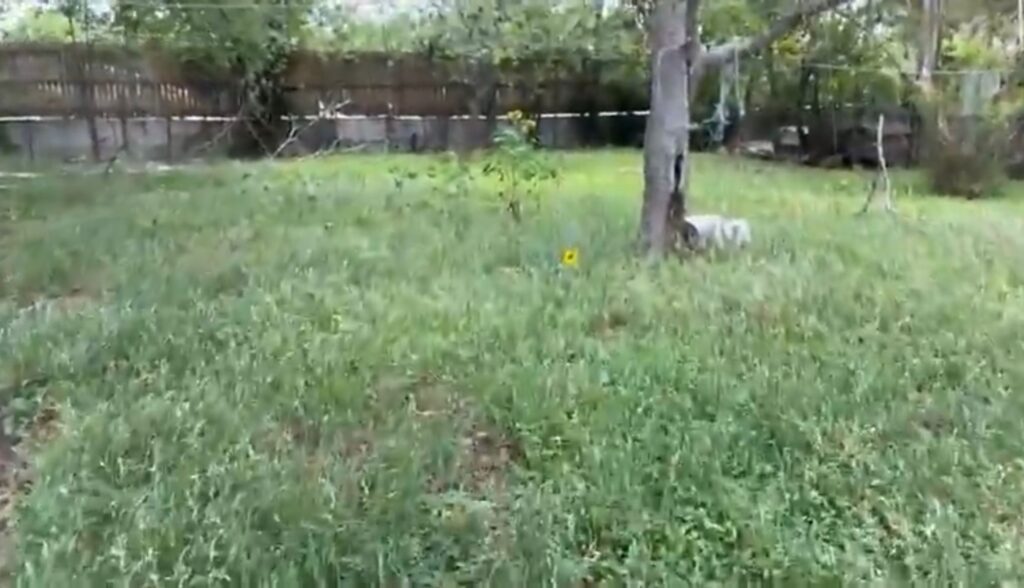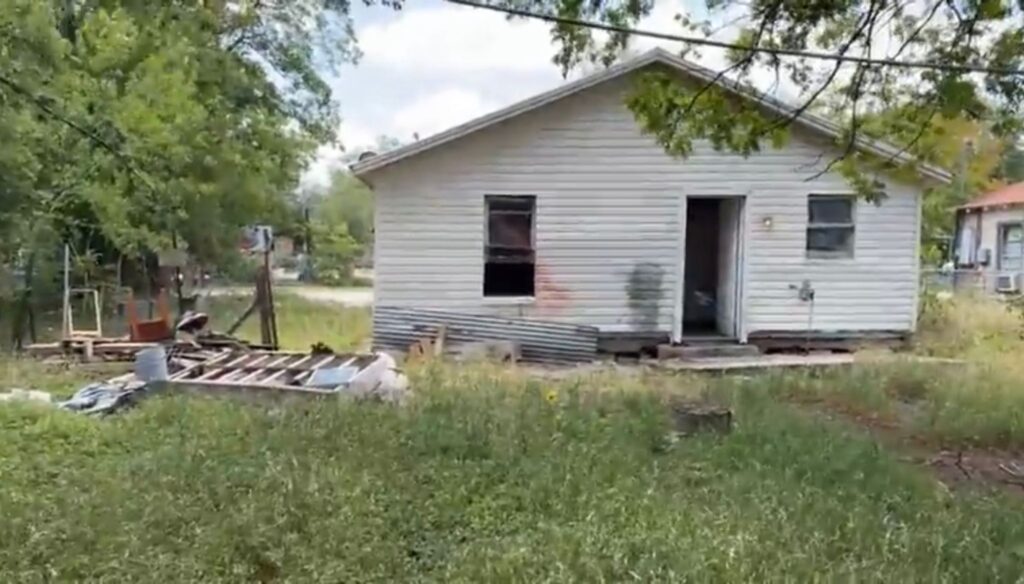Welcome to Frisco, Texas —a vibrant, family-friendly city that seamlessly blends suburban charm with big-city amenities. If you’re a 35-year-old professional with a household income of $135,000 and looking for Frisco TX homes for sale, Frisco offers a wealth of opportunities for both your career and your family’s lifestyle.
Housing That Fits Your Budget
With a household income of $135,000, you’re well-positioned to find a comfortable home in Frisco. While the median home price in Frisco is approximately $659,900, there are more affordable options available. For instance, homes under $300,000 can be found in nearby areas like Little Elm and The Colony . These communities offer quality schools and family-friendly amenities, making them ideal for young families.
Thriving Job Market
Frisco is part of Collin County, one of Texas’ fastest-growing tech hubs. The region is projected to have a larger real GDP by 2050 than several U.S. states, reaching approximately $350 billion . Major companies like Keurig Dr Pepper have established operations in Frisco, offering roles such as Senior Principal IT Engineer . Additionally, the city boasts over 8,700 tech job openings, including positions in IT support, cybersecurity, and software development .
Family-Friendly Lifestyle
Frisco is a haven for families, offering over 60 parks and a robust trail system . Hope Park at Frisco Commons is an inclusive playground designed for children of all abilities. For sports enthusiasts, the city is home to the Frisco RoughRiders baseball team and the National Soccer Hall of Fame . In 2026, Frisco will welcome the Universal Kids Resort, a 97-acre theme park tailored for young children .
Excellent Education
Frisco Independent School District (ISD) is renowned for its academic excellence, with numerous schools earning high ratings. The district offers a variety of extracurricular activities, including sports, arts, and STEM programs, ensuring a well-rounded education for your children.
Why Frisco?
- Top-Ranked Schools: Frisco ISD is consistently recognized for academic excellence.
- Abundant Parks & Trails: Over 60 parks and a comprehensive trail system for outdoor enthusiasts.
- Growing Job Market: A thriving tech industry with numerous employment opportunities.
- Family-Oriented Amenities: Inclusive playgrounds, sports teams, and upcoming attractions like the Universal Kids Resort.
- Strategic Location: Proximity to Dallas provides access to additional cultural and professional opportunities.
Frisco offers the perfect blend of career prospects and a nurturing environment for your family. With its affordable housing options, thriving job market, and abundance of family-friendly amenities, it’s an ideal place to call home.
Soon, we will post homes for sale in Frisco Texas, so stay tuned!
